Helioseismology
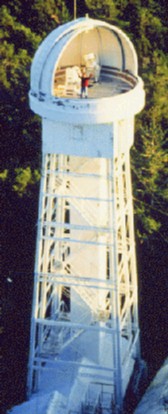
Helioseismology studies the wave oscillations in the Sun. This is like the study of seismic waves on Earth.
These waves are affected by the temperature of the Sun and the deep motions inside the Sun.
Scientists observe these waves at the Sun's surface. Since the waves are created deep inside the Sun, scientists use these waves to understand the Sun's interior. That is why helioseismology is called a diagnostic.
We can see similar waves in other stars too.
60 foot tower at Mt. Wilson Observatory
where helioseismology work began in the 1960's
Click on image for full size (26K JPEG)
Image courtesy of University of Southern
California, 60 Foot Solar Tower at Mt. Wilson Observatory.
 A computer-generated image of a
wave moving through the interior of the Sun.
A computer-generated image of a
wave moving through the interior of the Sun.
 Sounds of the Stars
Sounds of the Stars
 The Sounds of the Sun brought to you by the BiSON network...
The Sounds of the Sun brought to you by the BiSON network...
 Movie: Journey Beneath a Sunspot
Movie: Journey Beneath a Sunspot
You might also be interested in:

George Hale was an American astronomer born in 1868. Even as a child, Hale was interested in the stars. When George was young, his father even built him his own observatory in the backyard. After attending
...more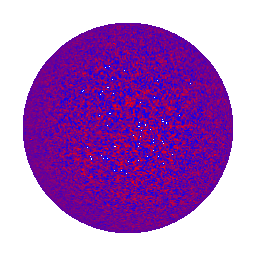
The Sun releases energy. The processes that make this energy take place in the center of the Sun. We can't see past the surface of the Sun. But scientists use indirect ways (diagnostics) to figure out
...more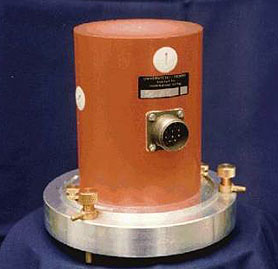
How do scientists measure space weather? Let's take a look! Scientists watch the Sun with special telescopes. Some of the telescopes are on Earth, while others are on satellites. Some of the telescopes
...more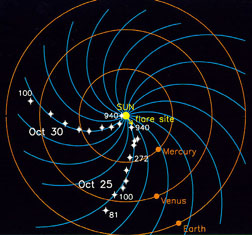
IMF stands for Interplanetary Magnetic Field. It is another name for the Sun's magnetic field. The Sun's magnetic field is huge! It goes beyond any of the planets. The Sun's magnetic field got its name
...more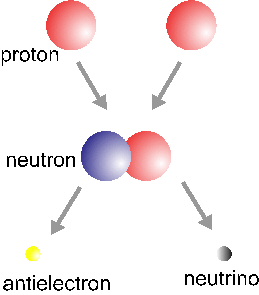
In the basic Hydrogen fusion cycle, four Hydrogen nuclei (protons) come together to make a Helium nucleus. This is the simple version of the story. There are actually electrons, neutrinos and photons involved
...more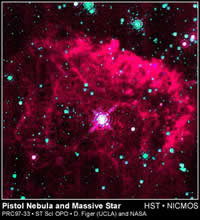
Fusion in the core of stars is reached when the density and temperature are high enough. There are different fusion cycles that occur in different phases of the life of a star. These different cycles make
...more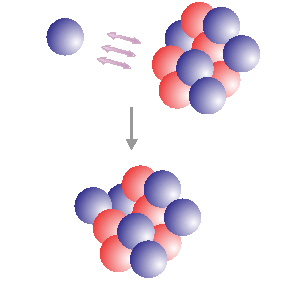
Neutron capture can occur when a neutron approaches a nucleus close enough for nuclear forces to be effective. The neutron is captured and forms a heavier isotope of the capturing element. When the new
...more
A Supernova is a very massive star that explodes at the end of its life cycle. The supernova is the furnace where the heavy elements (heavier than iron) are formed.
...more

 A computer-generated image of a
wave moving through the interior of the Sun.
A computer-generated image of a
wave moving through the interior of the Sun.
 The Sounds of the Sun brought to you by the BiSON network...
The Sounds of the Sun brought to you by the BiSON network... Movie: Journey Beneath a Sunspot
Movie: Journey Beneath a Sunspot













